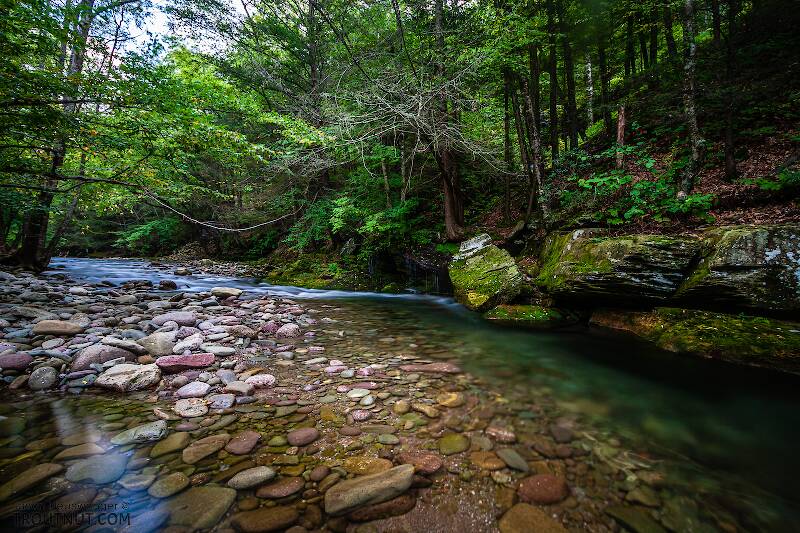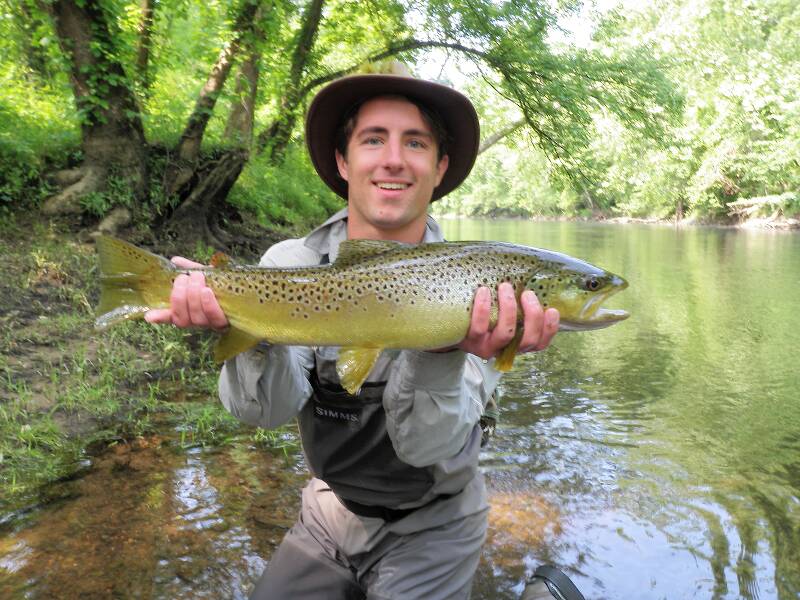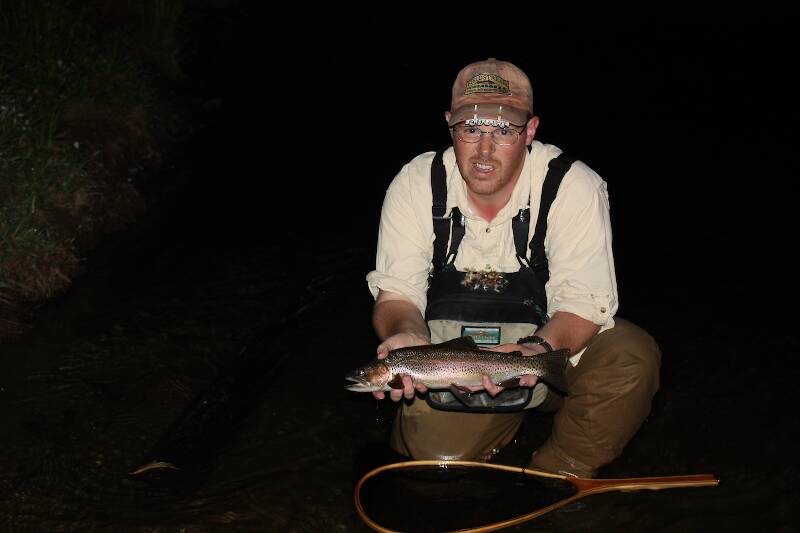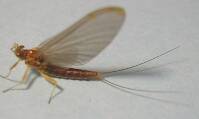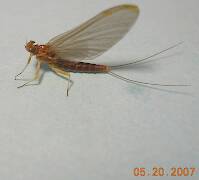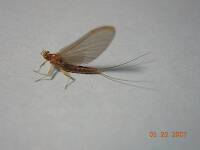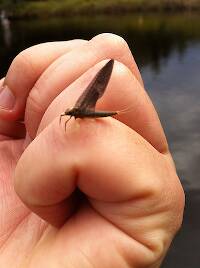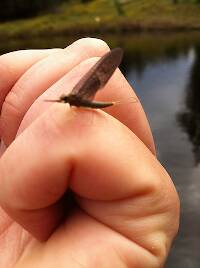
Blue-winged Olives
Baetis
Tiny Baetis mayflies are perhaps the most commonly encountered and imitated by anglers on all American trout streams due to their great abundance, widespread distribution, and trout-friendly emergence habits.
Featured on the forum

Troutnut is a project started in 2003 by salmonid ecologist Jason "Troutnut" Neuswanger to help anglers and
fly tyers unabashedly embrace the entomological side of the sport. Learn more about Troutnut or
support the project for an enhanced experience here.
This discussion is about the Delaware River.
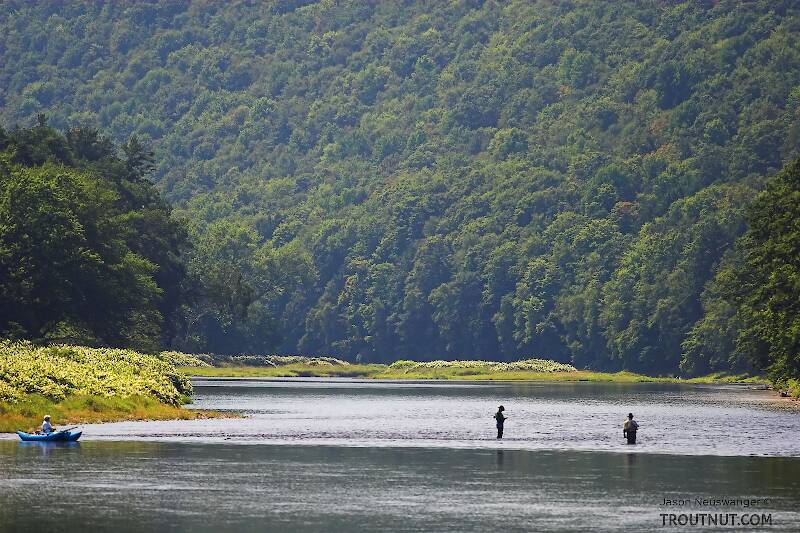
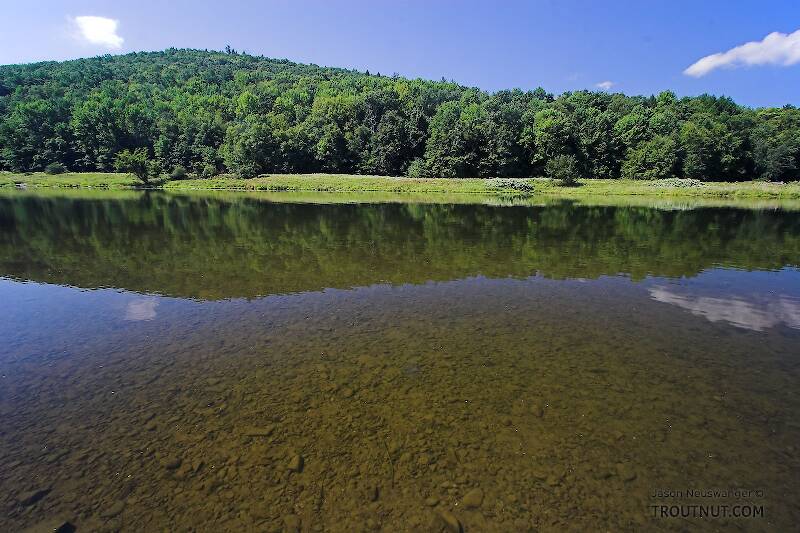
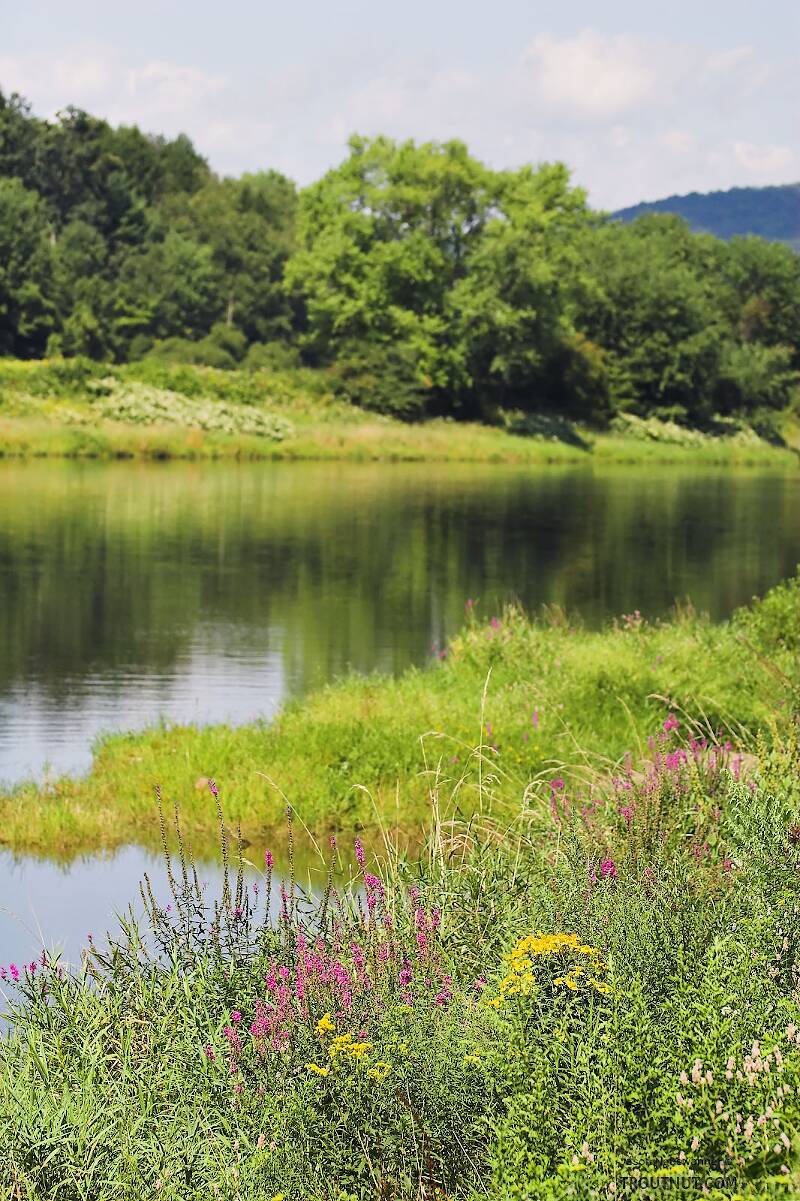
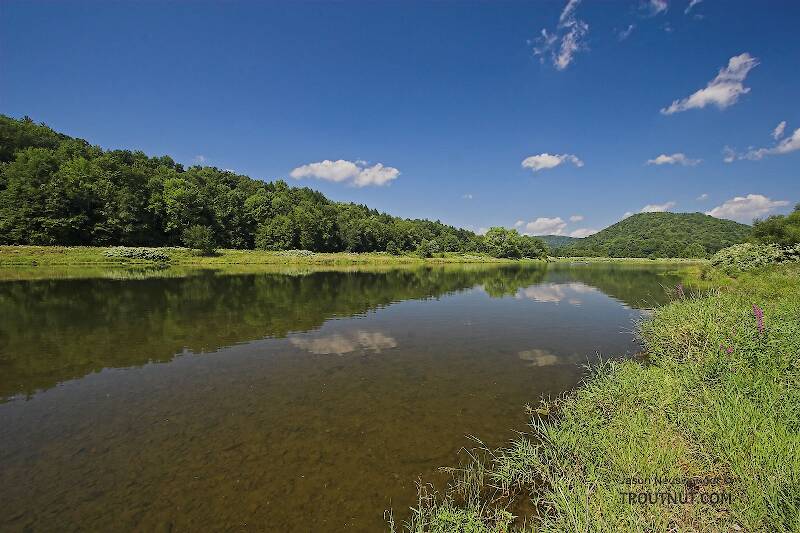
Jesse on Jun 29, 2011June 29th, 2011, 7:33 pm EDT
Any suggestions as to what might be effective on the Delaware right now?
Most of us fish our whole lives..not knowing its not the fish that we are after.
http://www.filingoflyfishing.com
http://www.filingoflyfishing.com
GONZO on Jun 29, 2011June 29th, 2011, 8:06 pm EDT
Here's a start, Jesse:
Slate Drakes (Isonychia bicolor)
Little Sulphurs/PEDs (Ephemerella d. dorothea)
Summer Blue Quills (Paraleptophlebia spp.)
Light Cahills/Salmon Spinners (Maccaffertium and Stenacron spp.)
Yellow Quills/Pink Ladies (Epeorus vitreus)
Little Yellow Quills (Leucrocuta spp.)
Golden Drakes (Anthopotamus spp.)
Little BWOs (baetids)
Golden Stones (Acroneuria and Paragnetina spp.)
Spotted Sedges (Hydropsyche spp.)
Little Sister Sedges (Cheumatopsyche spp.)
Long-Horned Sedges (leptocerids)
...or you could just throw streamers.
Slate Drakes (Isonychia bicolor)
Little Sulphurs/PEDs (Ephemerella d. dorothea)
Summer Blue Quills (Paraleptophlebia spp.)
Light Cahills/Salmon Spinners (Maccaffertium and Stenacron spp.)
Yellow Quills/Pink Ladies (Epeorus vitreus)
Little Yellow Quills (Leucrocuta spp.)
Golden Drakes (Anthopotamus spp.)
Little BWOs (baetids)
Golden Stones (Acroneuria and Paragnetina spp.)
Spotted Sedges (Hydropsyche spp.)
Little Sister Sedges (Cheumatopsyche spp.)
Long-Horned Sedges (leptocerids)
...or you could just throw streamers.
JOHNW on Jun 30, 2011June 30th, 2011, 6:19 pm EDT
What Gonzo said but if you hit high water and have a boat bang the banks with streamers and hold on! I'm always partial to white streamers in lower light for big browns and the Delaware is full of those. If you dont have a boat then it is difficult to cover enough water to reall make the streamers pay.
The Delaware also has potential for almost blanket Isonychia (aka slate drake, white gloved howdy) hatches probably the most intense late summer iso emergence I ever encountered happened on the Mainstem.
JW
The Delaware also has potential for almost blanket Isonychia (aka slate drake, white gloved howdy) hatches probably the most intense late summer iso emergence I ever encountered happened on the Mainstem.
JW
"old habits are hard to kill once you have gray in your beard" -Old Red Barn
Quick Reply
Related Discussions
Topic
Replies
Last Reply
5
Jun 14, 2008
by Wiflyfisher
by Wiflyfisher
9
Mar 18, 2013
by Entoman
by Entoman
3
Nov 23, 2018
by Brian314
by Brian314
8
Jan 24, 2017
by PaulRoberts
by PaulRoberts

